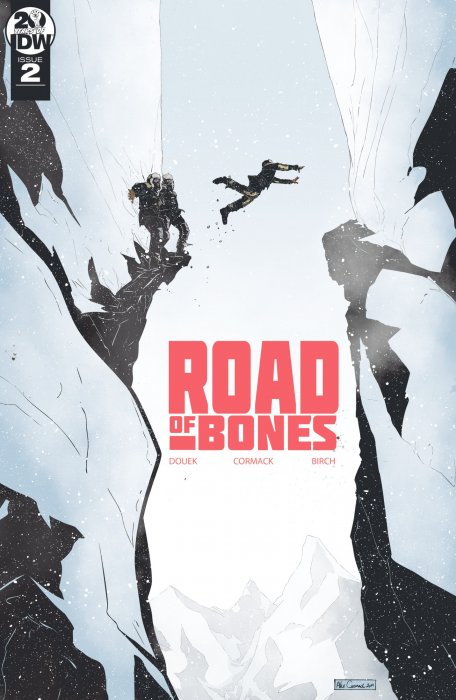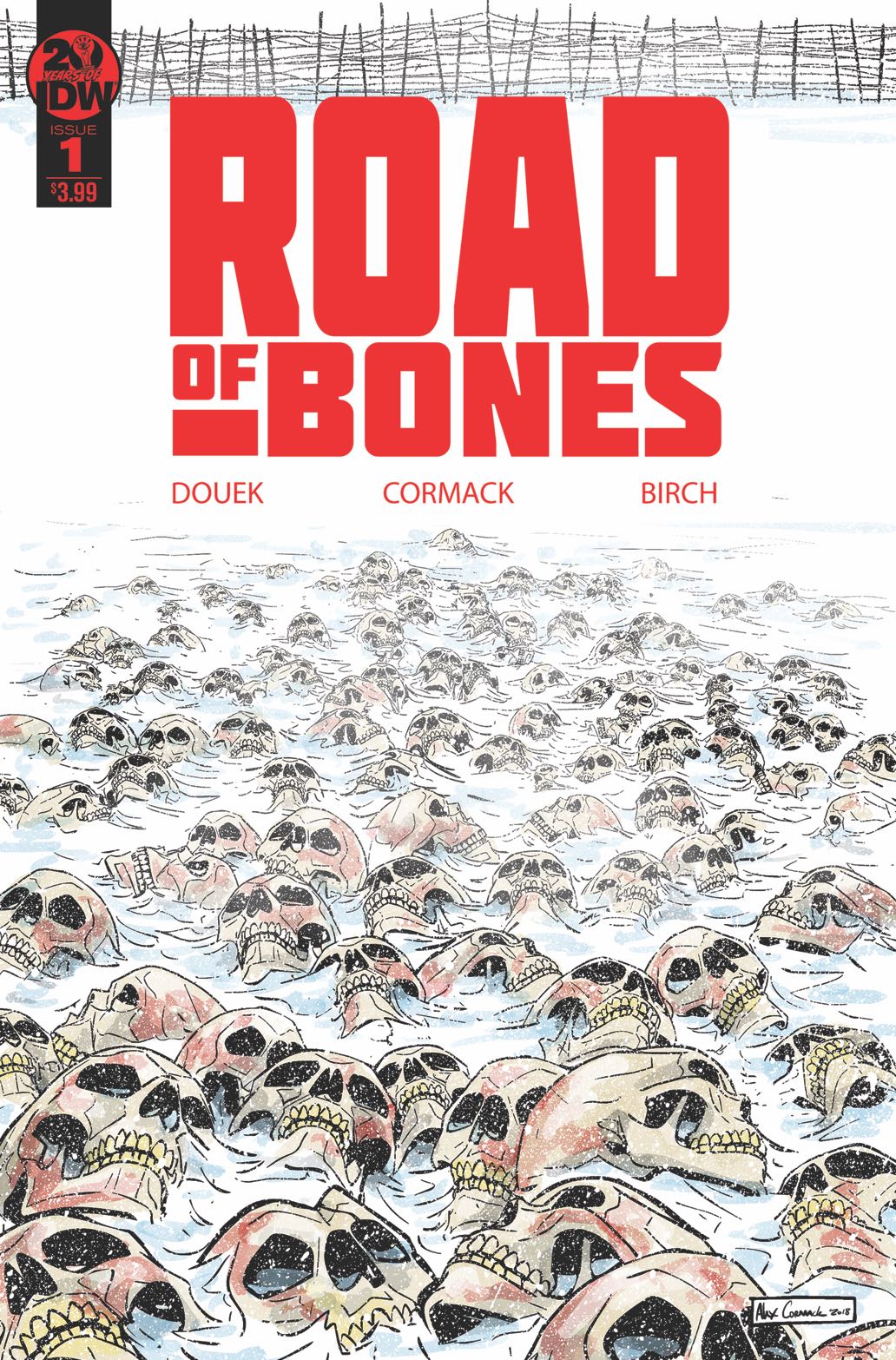


I can't quite tell how authentic any of its lore or Siberian mythos might be, but that wasn't a problem. There is more to this than that, however, and what I think the piece ends up as being is a dark fantasy – one with lashings of gore where needed, and the creep of cold and crepuscular. The Siberia of these pages is always somewhere we should seldom be – especially if white, middle aged men, and especially if bringing our own expectations and our own baggage with us. It reads very much as one of those "ooh, isn't colonialism bad?!" stories, even if brought into the modern world of wannabe TV executives and taken to one of the most remote sectors of the globe. When things do go awry – and there could easily be a few superlatives before that word, so awry do things get – it's easy to see what kind of book this is. And that's where things start to go awry…

They pick up their oh-so-chatty local guide, gain the company of a local beauty, and fetch up at the guide's childhood village. You can easily find documentaries about it online, but that's a bit rich, for one of our main characters, Felix 'Teig' Teigland, is a film-maker, doing a recce with his cameraman buddy, John Prentiss – who's mostly there to encourage the project to fruition to claw back some of the funds he'd invested in the pair's prior TV projects. Built because Stalin wanted so much uranium and other Siberian minerals, and because he wanted to give too many people a lesson, it legendarily cost a life every metre it covers. I don't think google streetview updates it very often. For months of the year it's a spread of sheet ice suspended above the permafrost surrounding it, while its 'spring' sees it turn into a huge blodge of unremitting, apocalyptic-level mud, which dries into rutted, puddly dust.

Stretching for over a thousand miles across Siberia, it's one of the world's most notorious routes. The Kolyma Highway… the 'Road of Bones'… the R504.


 0 kommentar(er)
0 kommentar(er)
